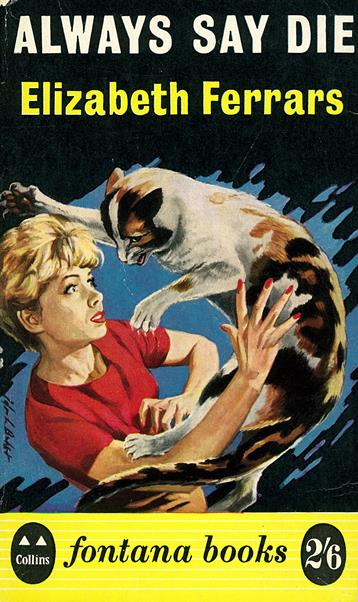The problem with writing about mysteries is you really can't say too much without giving away important plot points. Suffice it to say that a thoroughly nasty character is murdered, and almost all the suspects have good reason to do away with him.
It entertained Hilda Gazely to speculated about the strange woman who walked the river bank at sunset. But murder and the facts which came to light afterwards made her ask herself desperately how she could have been so complacently blind to what had been happening around her. Hilda was unusually impressed by Inspector Crankshaw and told him all she could--then she became uneasy. She was sure that something she had seen, done or said was utterly wrong.
A Tale of Two Murders also introduces the delightfully cynical, "heard-it-all-before" Inspector Crankshaw:
Not impatiently, but in a considering tone, as if , as if he were speaking mainly to himself, to clear his own mind, Crankshaw said, "A widower, faithful to the memory of his wife, not many friends, but such as he had, good ones--that's the picture, then."Oh, and in the end, Crankshaw gets his man.
She raised her head quickly, grateful that he should have understood, and was shocked to see the irony in his small, sly eyes.








